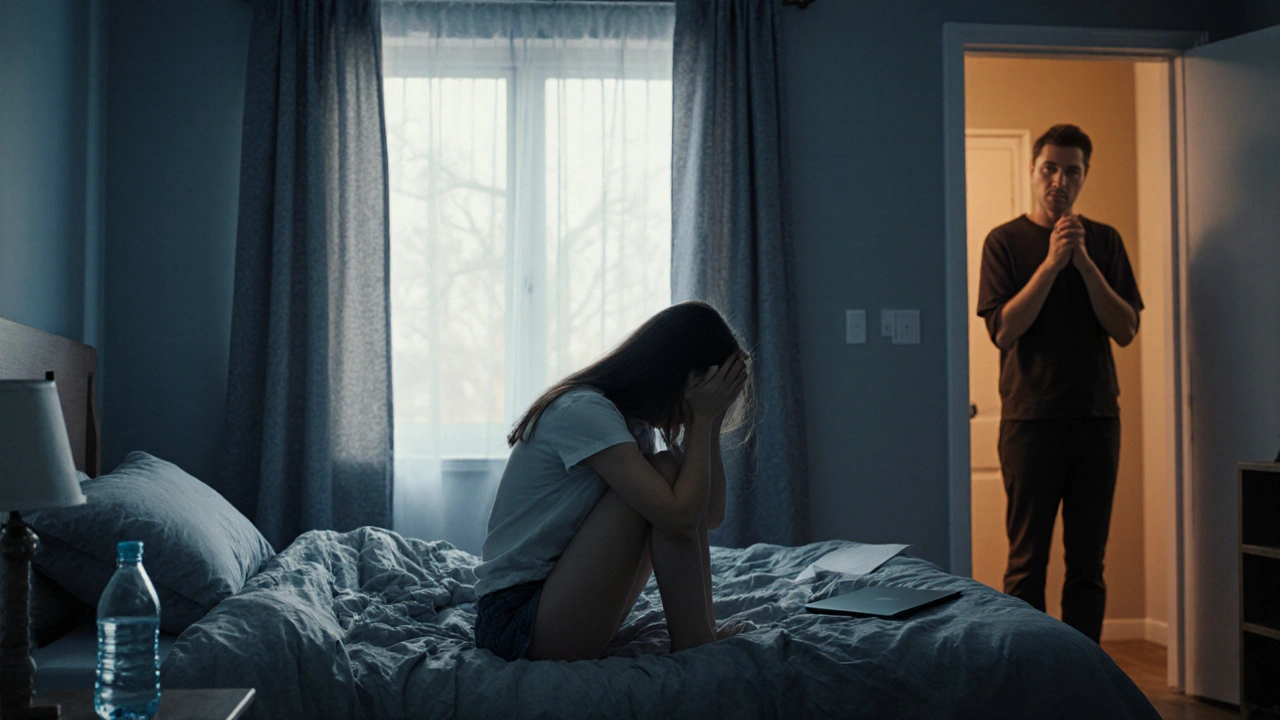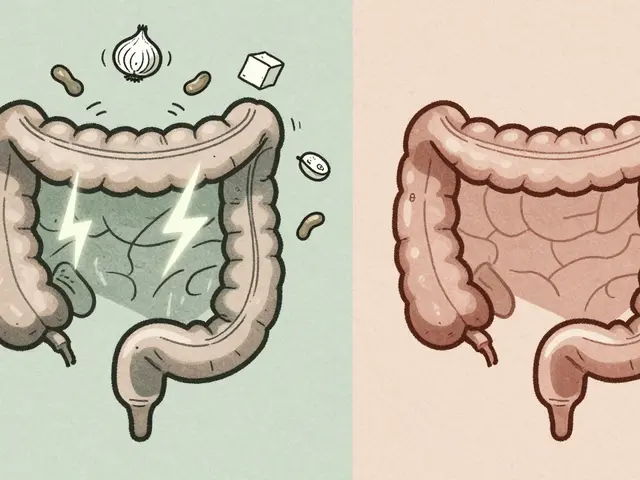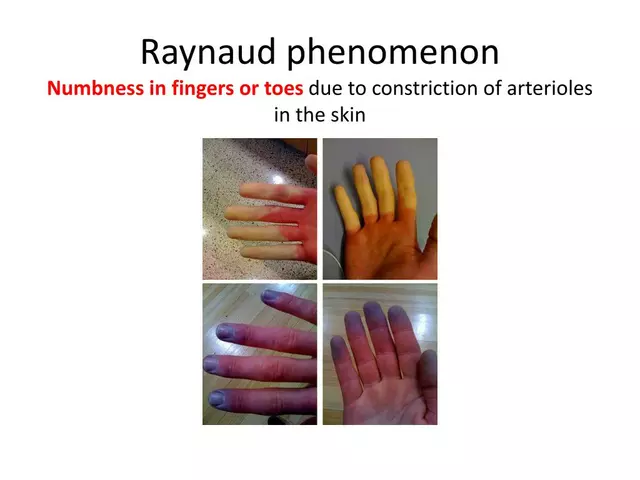One in Five Teens Face Depressive Disorder – What You Need to Know
When talking about Depressive Disorder in Teens, a mood condition marked by persistent sadness, loss of interest, and impaired daily functioning. Also known as teen depression, you quickly see how other factors play a role. Anxiety, constant worry that can amplify low mood often co‑occurs, while Stress, pressures from school, family, or social life can trigger an episode. Disrupted Sleep, irregular patterns or insomnia makes symptoms worse, and many adolescents turn to Substance Use, alcohol or drugs that temporarily mask feelings which only deepens the problem.
Understanding the Landscape
Typical signs include a lingering sense of hopelessness, dropping grades, withdrawing from friends, and a sudden loss of interest in activities that once mattered. These clues often overlap with depressive disorder teens and anxiety, making it hard for parents or teachers to tell them apart. Yet the overlap matters: anxiety fuels rumination, stress adds a constant “on‑edge” feeling, poor sleep disrupts emotional regulation, and substance use interferes with brain chemistry. All four create a feedback loop—one aggravates the other—so addressing them together usually yields the best results. For example, a teen who sleeps only four hours a night may feel more irritable, leading to increased conflict at school, which raises stress and pushes them toward binge‑eating or vaping as a coping shortcut.
Treatment isn’t a one‑size‑fits‑all prescription. Cognitive‑behavioral therapy (CBT) helps teens identify negative thought patterns, while interpersonal therapy (IPT) focuses on relationship issues that often spark depressive spikes. Medication, such as selective serotonin reuptake inhibitors (SSRIs), can be effective when symptoms are moderate to severe, but doctors usually pair drugs with therapy to avoid reliance on medication alone. Lifestyle tweaks—regular exercise, consistent sleep schedule, and limiting caffeine or nicotine—also shift the chemical balance toward stability. Support groups, whether in‑person or online, give teens a safe space to share experiences without judgment, breaking the isolation that fuels depression.
The articles below dive deeper into each of these angles. You’ll find practical tips for spotting early warning signs, step‑by‑step guides on managing anxiety and stress, evidence‑based advice on sleep hygiene, and clear explanations of when medication might be appropriate. Together they form a toolbox you can use right now to help a teen navigate the tough terrain of depressive disorder.

- Oct 2, 2025
- Posted by Cillian Osterfield
How to Spot Early Warning Signs of Depressive Disorder in Teens
Learn to identify early warning signs of depressive disorder in teens, differentiate from normal mood swings, and take actionable steps to get help.
Categories
- Health and Wellness (61)
- Medications (45)
- Health and Medicine (22)
- Pharmacy Services (11)
- Mental Health (5)
- Health and Career (2)
- Medical Research (2)
- Business and Finance (2)
- Health Information (2)
Latest Posts
©2025 heydoctor.su. All rights reserved





